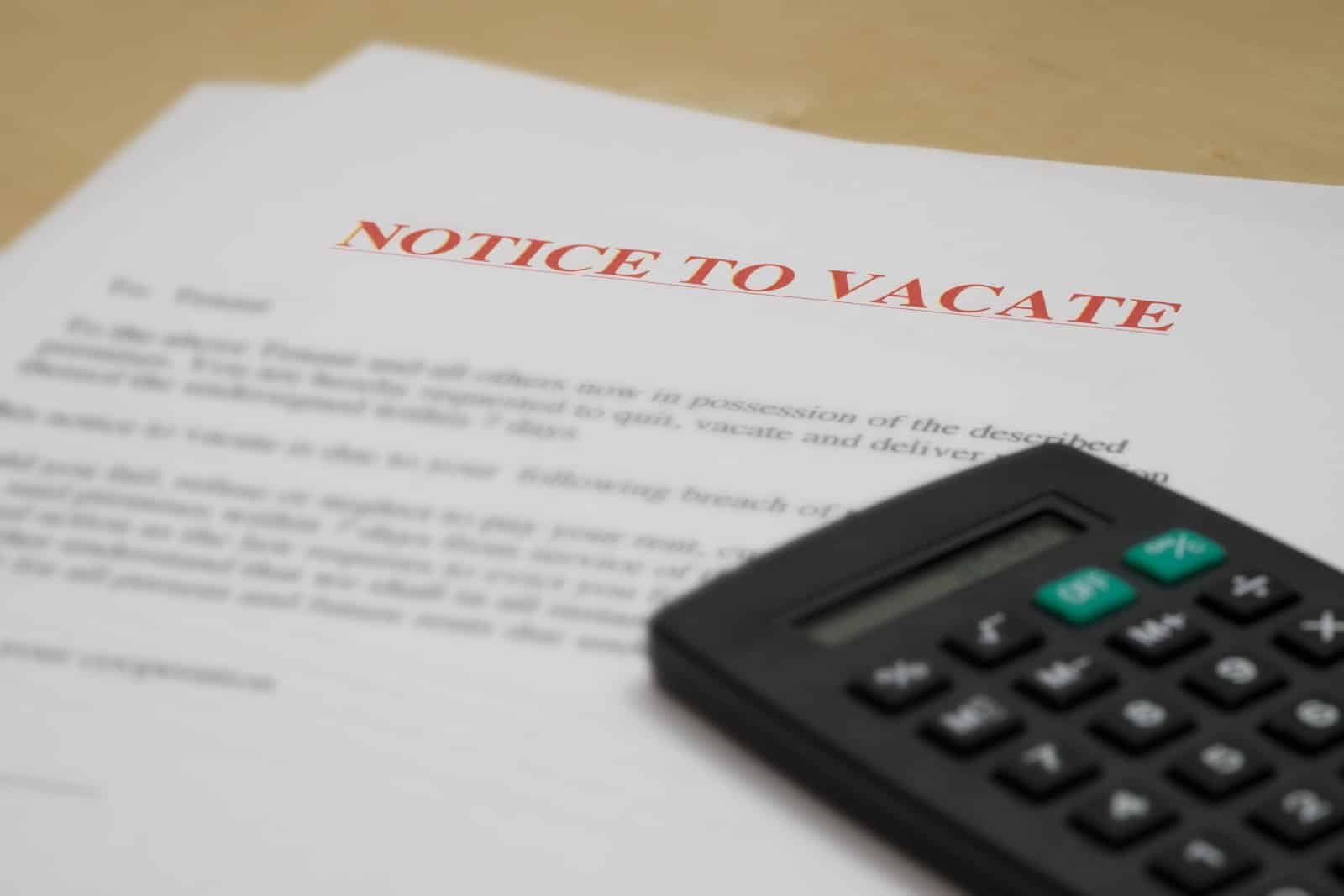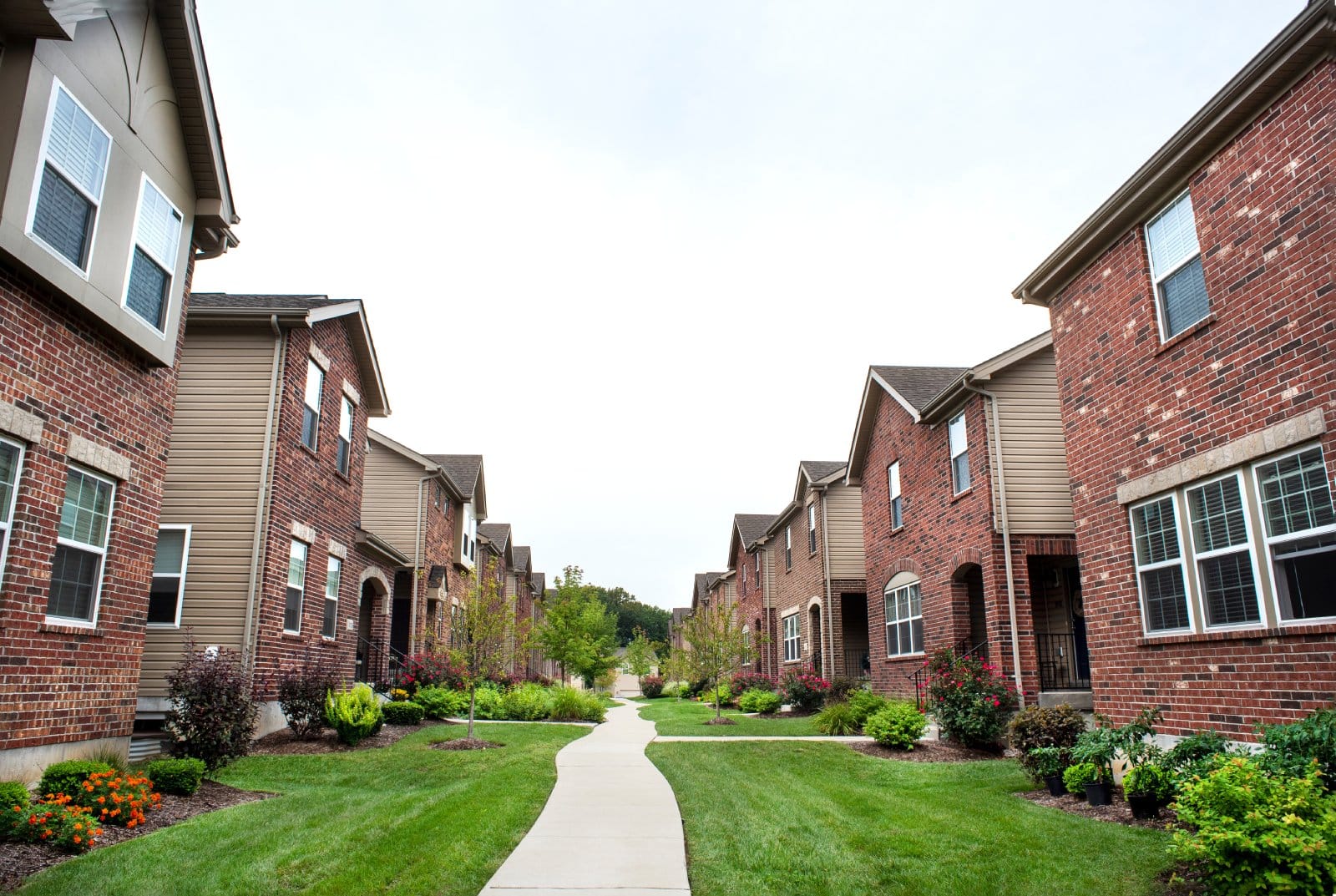The future looks uncertain for renters, as real estate reports show that a large portion of Americans are struggling to meet the high cost of rent across the country.
The Renter Struggle

The cost of renting a home in the U.S. has increased rapidly in recent years, and new reports find that as many as half of all U.S. renters are spending more of their income on rental costs than they can afford.
Fear of Price Rise Continues

Rent prices have surged beyond the rate of inflation for the last few years, and even a few promising statistics have failed to ease fears that rent will continue to consume the average renter’s paycheck.
Median Rent Prices Fall

For example, average rent costs across the U.S. declined for the eighth month in a row in December, as reported by Realtor.com. Prices had dropped by $63 between July 2022 and December 2023.
Still Unsustainable

While this looks great on paper, median rent is still $309 higher than it was in July 2019, meaning that U.S. renters have seen a 22% increase in rent costs over that three and a half years.
The 30% Rule

Currently, rent that costs less than 30% of a person’s income is considered standard or affordable. More than 30% and rent becomes a cost burden.
22.4 Million Households Affected

According to Harvard University’s Joint Center for Housing Studies, 22.4 million families in the U.S. are spending more than a third of their income on rent costs.
To make matters worse, 12 million of those 22.4 million households are spending more than half of their income on rent.
Increases Across All Income Brackets

“We actually saw increases across every single income category that we look at, which sort of surprised us,” said senior research associate Whitney Airgood-Obrycki.
Low-Income Earners Most Affected

Of course, the most cost-burdened group are households who make under $30,000. Over 83% of people in this bracket are struggling.
“We didn’t think it could possibly get that much higher,” said Airgood-Obrycki.
Little Can Be Done

And it seems that there is little that low-income earners can do to ease that burden.
“So you might not be living in as good of a neighborhood. You might be commuting farther. You might be sacrificing the quality of your school system,” she said.
They Still Pay Too Much

“And often what we’re seeing is that even when people are attempting to make these trade-offs, they still end up paying too much for housing,” she continued.
More Homeless People, More Unaffordable

Chris Herbert, who is managing director of the Joint Center for Housing Studies, has pointed to other deeply concerning statistics shown in the report.
There are currently more homeless people in the U.S. and more people who cannot afford housing costs than ever before.
Eviction Rates on the Rise

Eviction rates are also increasing, according to the report, and rental support funding is falling through for eligible renters who need help with housing supplements.
Even Increased Supply Is Ineffective

Increased housing supply in 2023 has slowed the pricing surge, but researchers say these changes have done little to make housing more affordable.
Airgood-Obryck has claimed that “rental conditions are softening, but affordability conditions are worse than ever before.”
“Not Enough Homes”

Jeff Olivet, who is the director of the U.S. Interagency Council on Homelessness, has supported this view.
“We simply don’t have enough homes that people can afford,” he said.
“And when you combine rapidly rising rent — that it just costs more per month for people to get into a place and keep a place — you get this vicious game of musical chairs.”
Do Renters Have New Leverage?

However, others believe that current rental cooling and new supply have given U.S. renters significant leverage.
Even in cities like New York, where rentals are some of the most expensive in the country, median rents have dropped.
Even Manhattan Is Cooling

Based on reports from Douglas Elliman and Miller Samuel Real Estate Appraisers and Consultants, a brokerage firm, median rent in Manhattan is down 4.6% since October 2023.
November saw the first rent drop in Manhattan in 27 months.
Switch in Supply and Demand

“We’re seeing supply and demand switch places in real time,” said Anthemos Georgiades, who is CEO of rental platform Zumper.
“Renters have more leverage right now than any time in recent memory.”
Record-High Builds

Multi-family buildings have also been popping up at record-high rates in 2023, hitting 1 million builds by July, which the U.S. Census Bureau reported as the highest amount it has recorded.
Building Boom Set to Decrease

This building boom may not last, with building costs soaring. The National Association of Home Builders has already predicted a 20% decrease in multi-family construction by next year.
More Help Is Needed

The Harvard Joint Center for Housing Studies concluded its report, pointing to the need for renter support and continued supply to ease the critical housing issue.
Without these things, the future is still uncertain for U.S. renters.
U.S. Budget Breakthrough: A Huge Step Forward Amidst Looming Shutdown Threat
Will Easing Inflation in America Continue?
The post High Rental Costs Hit Half of U.S. Renters, Squeezing Even the Affluent first appeared on From Frugal to Free.
Featured Image Credit: Shutterstock / fizkes.
The content of this article is for informational purposes only and does not constitute or replace professional financial advice.
